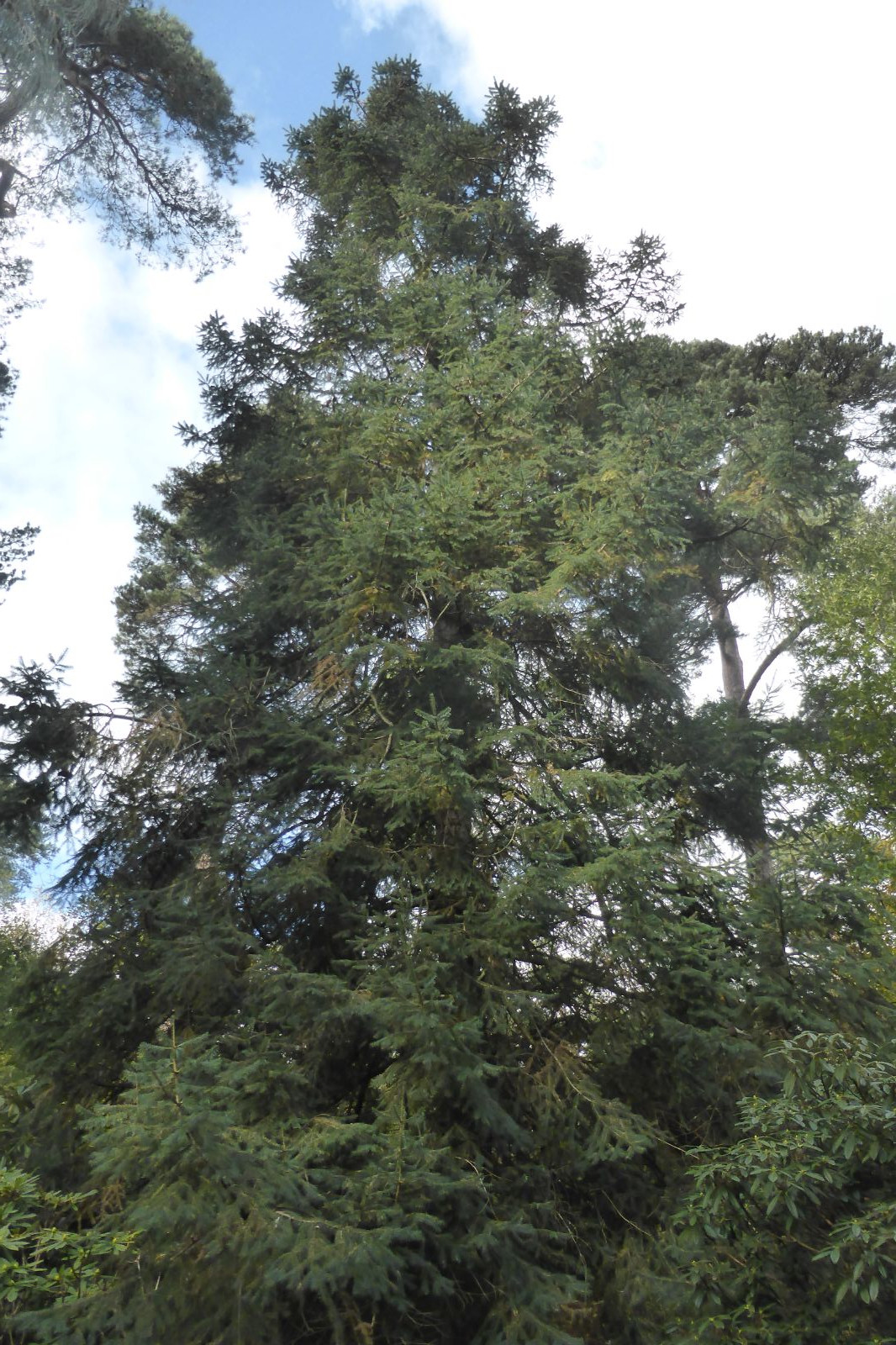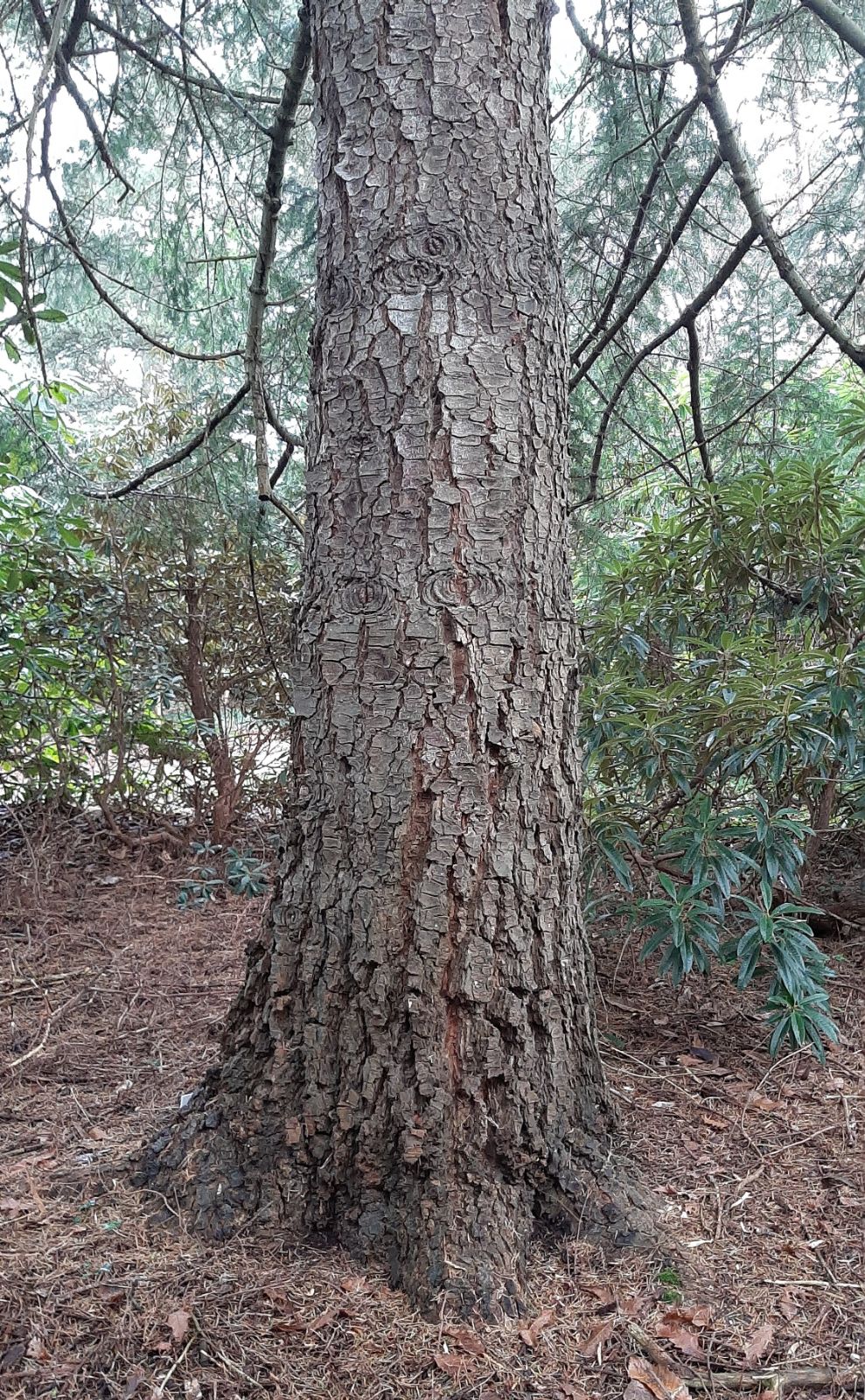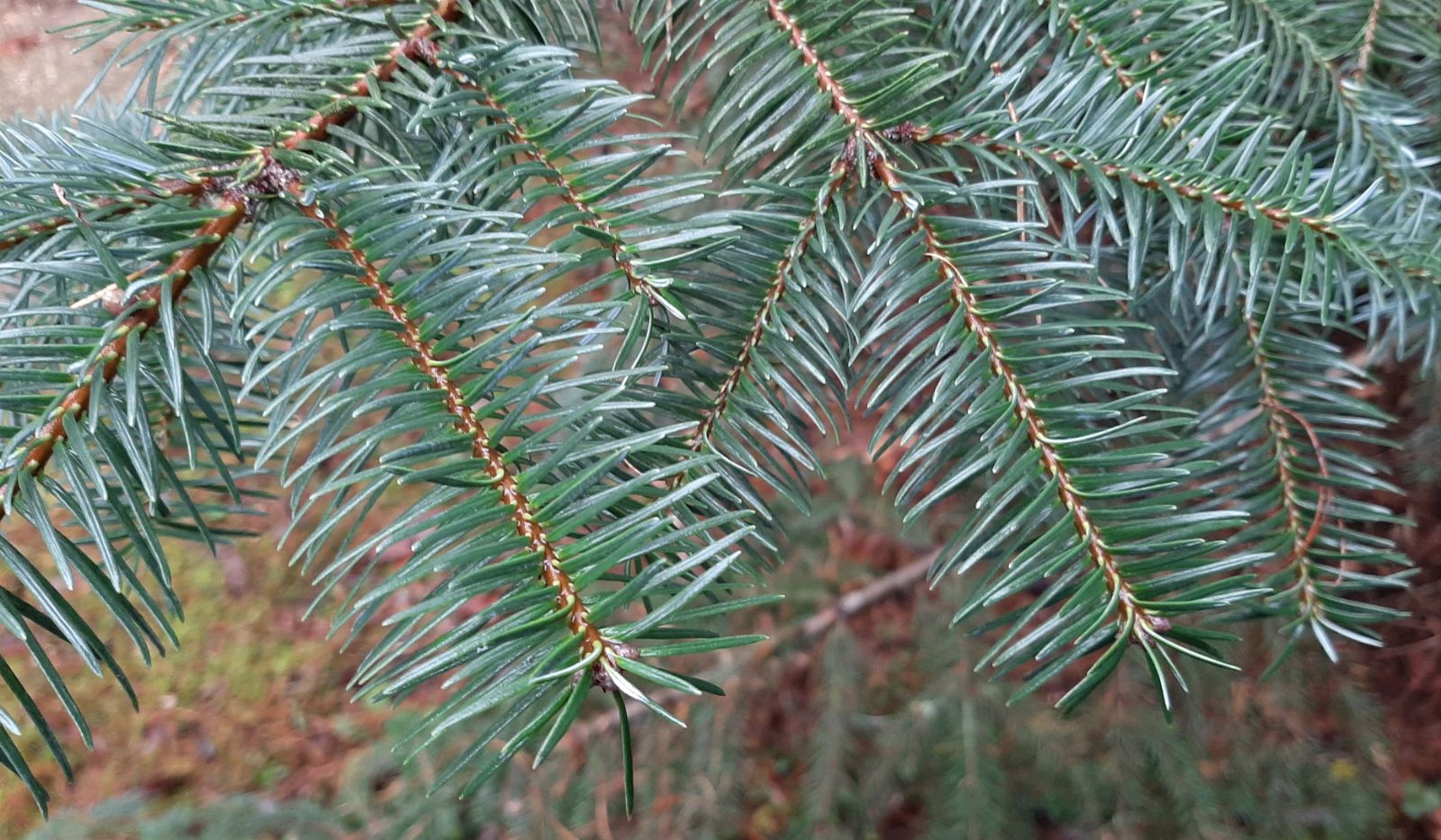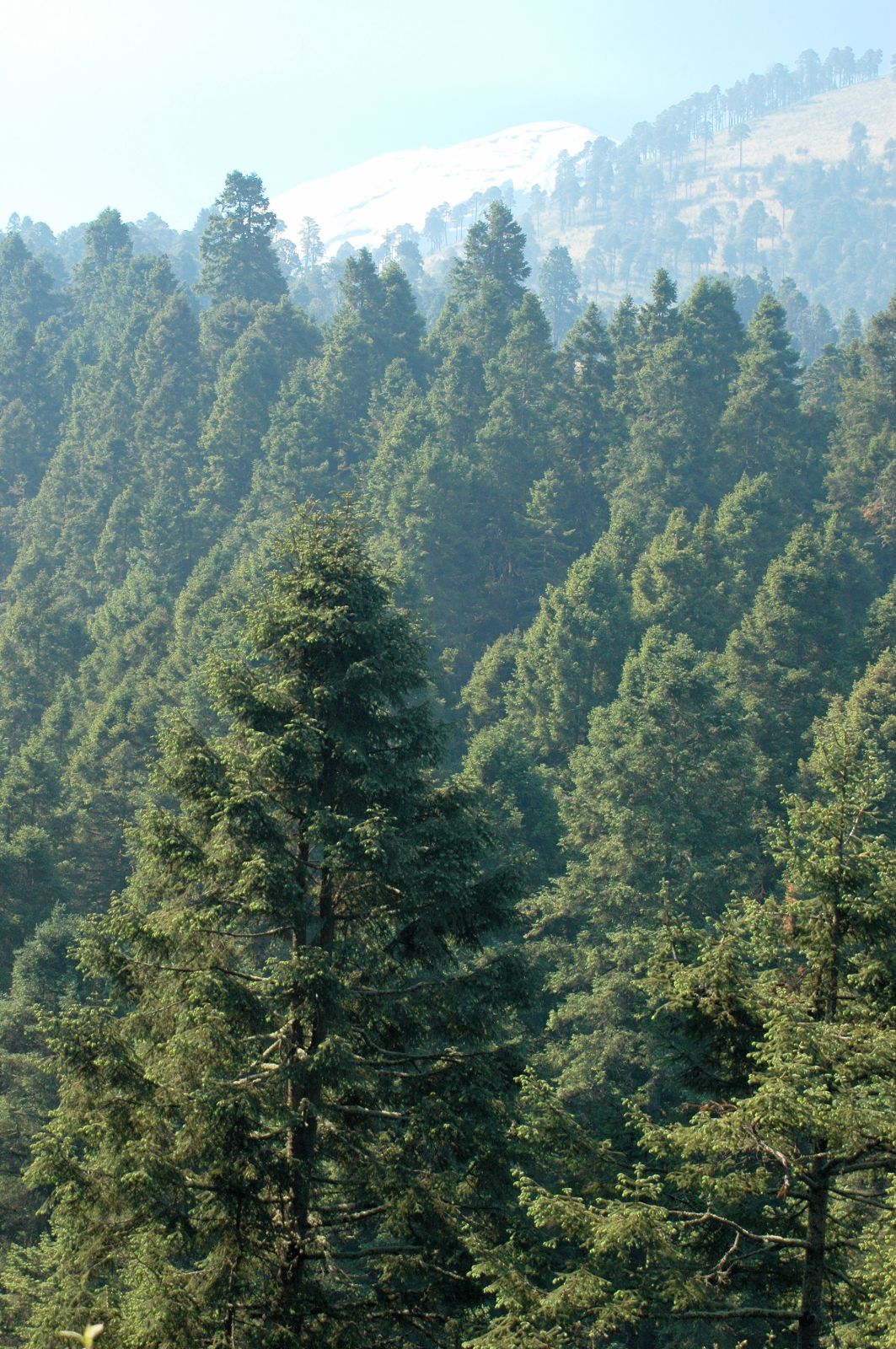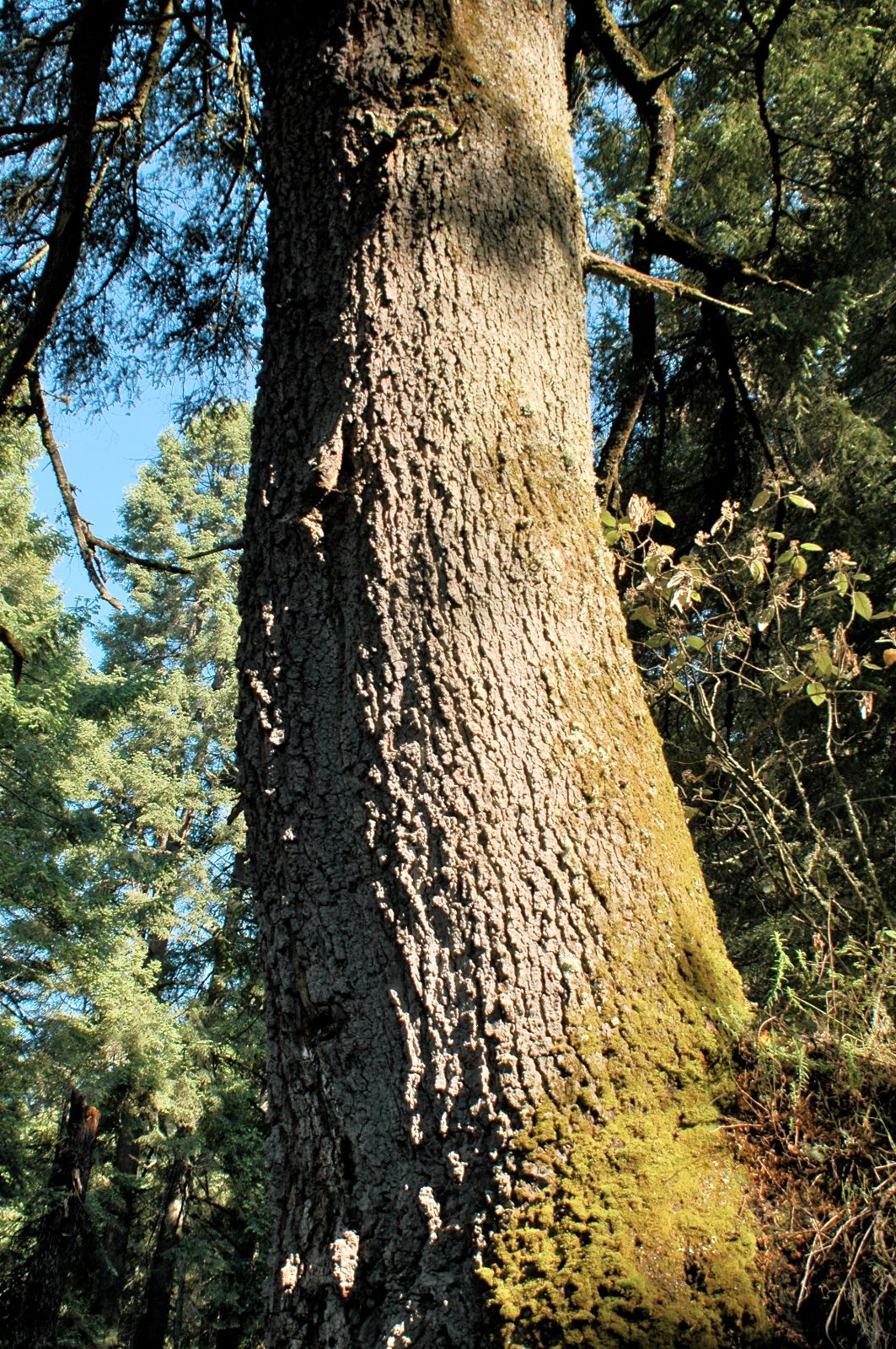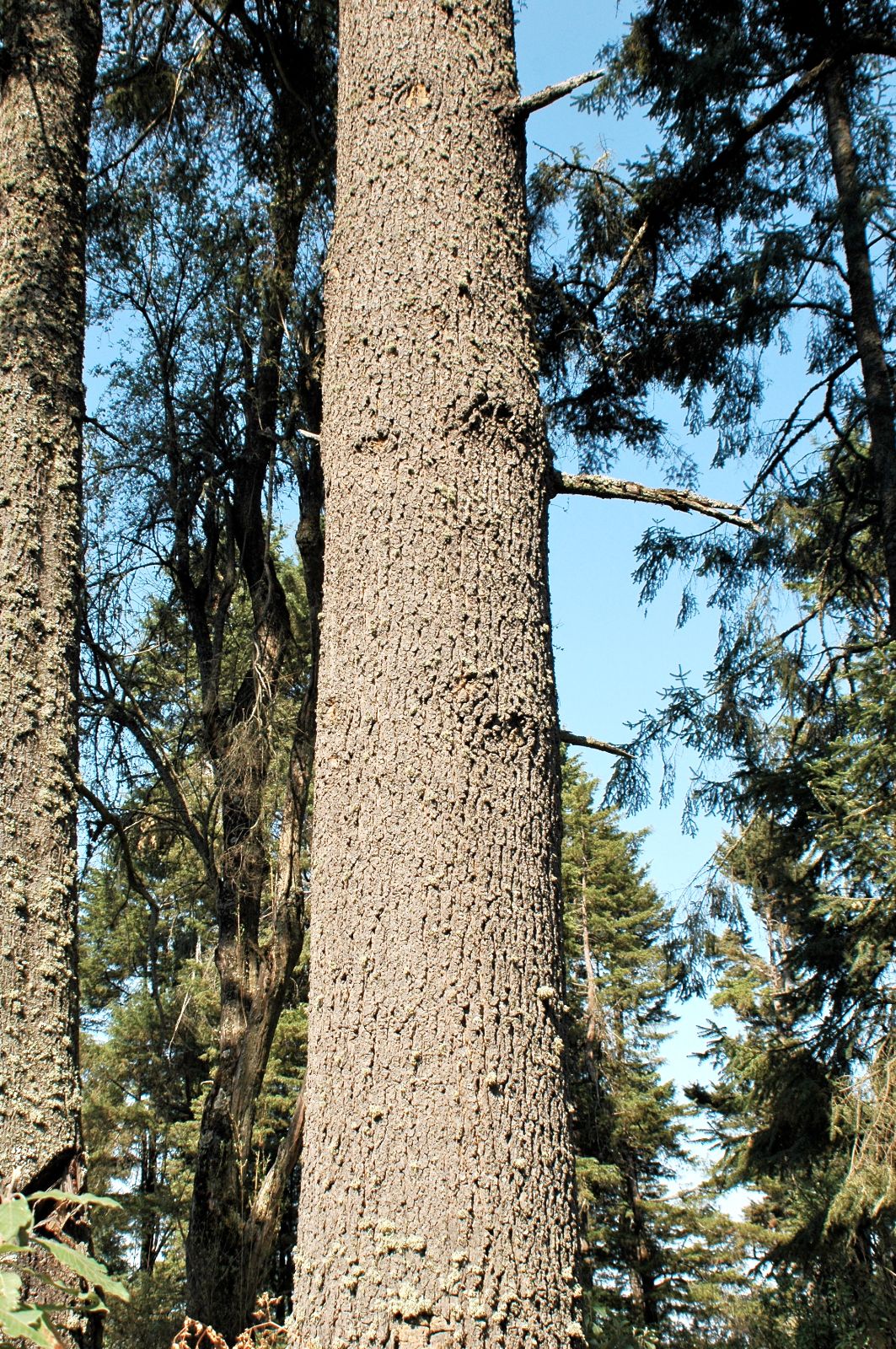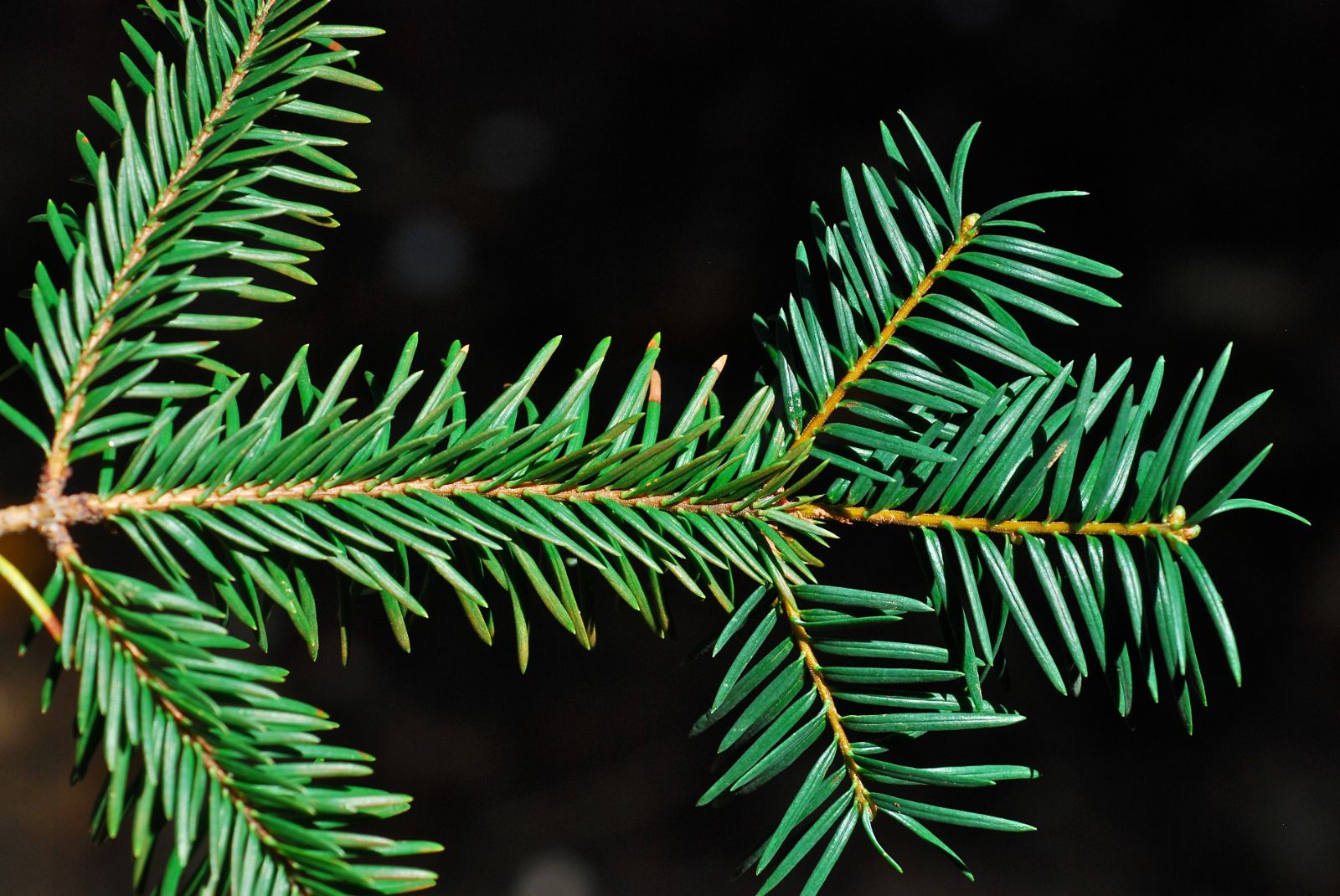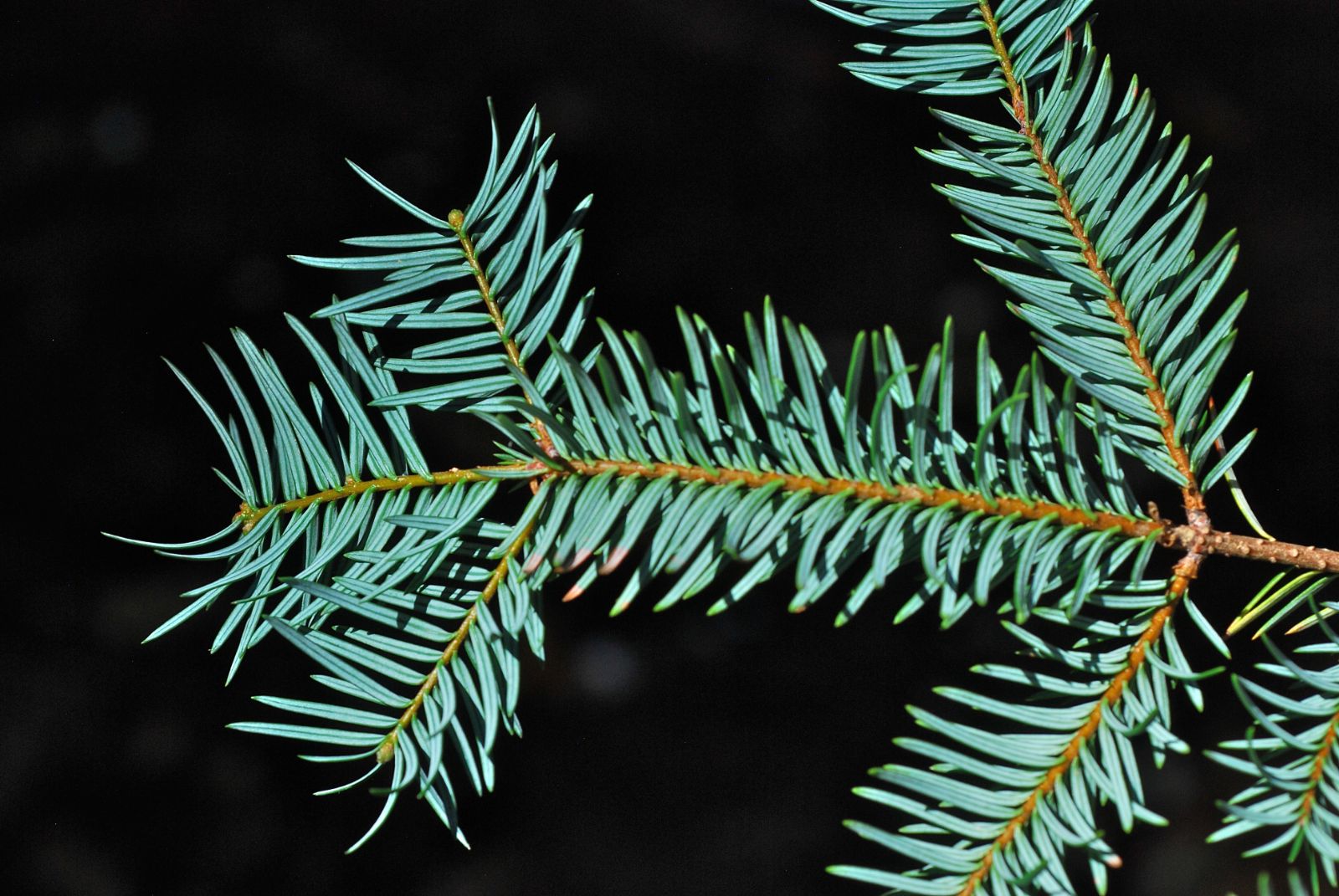Abies religiosa
Sponsor
Kindly sponsored by
Sir Henry Angest
Credits
Tom Christian (2021)
Recommended citation
Christian, T. (2021), 'Abies religiosa' from the website Trees and Shrubs Online (treesandshrubsonline.
Genus
Common Names
- Sacred Fir
- Oyamel
- Sapin Religieux
- Sapin Oyamel
- Oyameltanne
Other taxa in genus
- Abies alba
- Abies amabilis
- Abies × arnoldiana
- Abies balsamea
- Abies beshanzuensis
- Abies borisii-regis
- Abies bracteata
- Abies cephalonica
- Abies × chengii
- Abies chensiensis
- Abies cilicica
- Abies colimensis
- Abies concolor
- Abies delavayi
- Abies densa
- Abies durangensis
- Abies ernestii
- Abies fabri
- Abies fanjingshanensis
- Abies fansipanensis
- Abies fargesii
- Abies ferreana
- Abies firma
- Abies flinckii
- Abies fordei
- Abies forrestii
- Abies forrestii agg. × homolepis
- Abies fraseri
- Abies gamblei
- Abies georgei
- Abies gracilis
- Abies grandis
- Abies guatemalensis
- Abies hickelii
- Abies holophylla
- Abies homolepis
- Abies in Mexico and Mesoamerica
- Abies in the Sino-Himalaya
- Abies × insignis
- Abies kawakamii
- Abies koreana
- Abies koreana Hybrids
- Abies lasiocarpa
- Abies magnifica
- Abies mariesii
- Abies nebrodensis
- Abies nephrolepis
- Abies nordmanniana
- Abies nukiangensis
- Abies numidica
- Abies pindrow
- Abies pinsapo
- Abies procera
- Abies recurvata
- Abies sachalinensis
- Abies salouenensis
- Abies sibirica
- Abies spectabilis
- Abies squamata
- Abies × umbellata
- Abies veitchii
- Abies vejarii
- Abies × vilmorinii
- Abies yuanbaoshanensis
- Abies ziyuanensis
Tree to 40–60 m tall, to <2 m dbh. Crown pyramidal or conical, columnar and round-topped in older trees. Bark of young trees smooth for many years, lenticillate, silvery grey, becoming deeply fissured and breaking into thick irregular plates at the base of old trees. First order branches long, slender; second order branches horizontal or slightly upswept. Branchlets slender yet firm, green at first, ripening to reddish-brown or reddish-purple, ridged and grooved between leaf bases, puberulent in grooves especially when young, later glabrous. Vegetative buds small ovoid-globose with a dense covering of resin, bud scales keeled. Leaves strongly pectinate and adpressed above on vegetative shoots (downswept on fertile branches), slightly forwards, (1–)1.5–3.5(–4) cm × 1.2–1.6 mm, base twisted and somewhat decurrent, apex acute or obtuse, glossy green or glaucous-green with a central groove above, stomata usually absent from the upper surface on vegetative shoots, in two dull-white bands beneath. Pollen cones pendulous, 1–1.5 cm, yellow with red microsporophylls. Seed cones short-pedunculate, ovoid or conical-cylindrical, 10–12(–16?) × 4–6 cm, apex obtuse, maturing from violet-blue to pruinose- or purple-brown; seed scales cuneate-flabellate, 2–3 × 3–3.5 cm at midcone; bracts exserted up to 1 cm, yellowish when immature, brown later, with conspicuous pruinose midribs, with a long tapering cusp reflexed at maturity. (Farjon 2017; Debreczy & Rácz 2011).
Distribution Mexico Central and southern states from Michoacán to Hidalgo and Puebla.
Habitat Forests in montane-tropical to temperate climate zones, from 1200–4100 m asl, occasionally in pure stands but more often with Cupressus lindleyi, Pinus montezumae and P. teocote at lower elevations; P. veitchii, P. hartwegii and Pseudotsuga menziesii var. glauca higher up.
USDA Hardiness Zone 6
RHS Hardiness Rating H4
Conservation status Least concern (LC)
In the sense that it was the first to be named, Abies religiosa is the oldest of the Mexican-Mesoamerican firs. On this score alone it is worth knowing, for whatever taxonomic upheavals the others are subject to, this is a name that will endure. Both its scientific and vernacular names reference the use its boughs as decorations in religious festivals, although several other firs from the region are used for the same purpose (Farjon 2017). In recent years A. religiosa has been widened in concept after botanists relegated several other species from the region to infraspecific rank (see ‘Abies in Mexico and Mesoamerica’ for an overview of the diversity here).
It seems likely that a broad interpretation of A. religiosa will gradually gain favour, but for now it is discussed here in the ‘narrow’ sense, viz. A. religiosa subsp. religiosa according to some modern treatments. Published in 1830, it would be over 100 years until another fir was described from the region. During this time, somewhat pre-empting the taxonomic machinations of the last 20 years or so, several firs now considered distinct were assumed to belong to this one species. Hartweg certainly introduced A. religiosa from the mountains of Angangueo in 1839, but whilst various historic trees will doubtless have been genuine, many will have represented other species, including at least A. durangensis and A. guatemalensis (see ‘Abies in Mexico and Mesoamerica’ for discussion of early introductions from the region).
An illustration in the Gardeners’ Chronicle (1876, p. 561) is clearly identifiable as A. religiosa; this tree grew in a Cornish garden and was among the first to produce cones in cultivation. One of two trees grown at Fota in southern Ireland was later said to be ‘identical’ with the illustration, although a second tree there was quite different. None of the older introductions were to prove particularly long lived, and Mitchell reported it was ‘almost extinct [in cultivation] before a large import of seed in 1962’ (Mitchell 1972). Nowadays the best extant trees are at the Sir Harold Hillier Gardens (planted 1968, 24 × 0.63 m dbh in 2017) and Knightshayes (21 m × 0.59 m dbh in 2017). The Hillier tree has now exceeded the tallest historic record, regardless of questions around identification of historic trees (Tree Register 2021).
Few contemporary introductions are known. One young tree grows at the Wynkcoombe Arboretum in Sussex, UK, grown from seed gathered in Angangueo. Planted in 2005, it was 8 m × 0.14 m dbh in 2017 (Tree Register 2021); a sister-seedling grows at nearby Knepp Castle. It has been grown in milder areas of the USA, especially California, but here as in Europe it has always been extremely rare (Jacobson 1996). Historic records from gardens around the French coast, and the Italian lakes, will have included included a proportion of genuine A. religiosa, but here as elsewhere it seems to have been short-lived.

